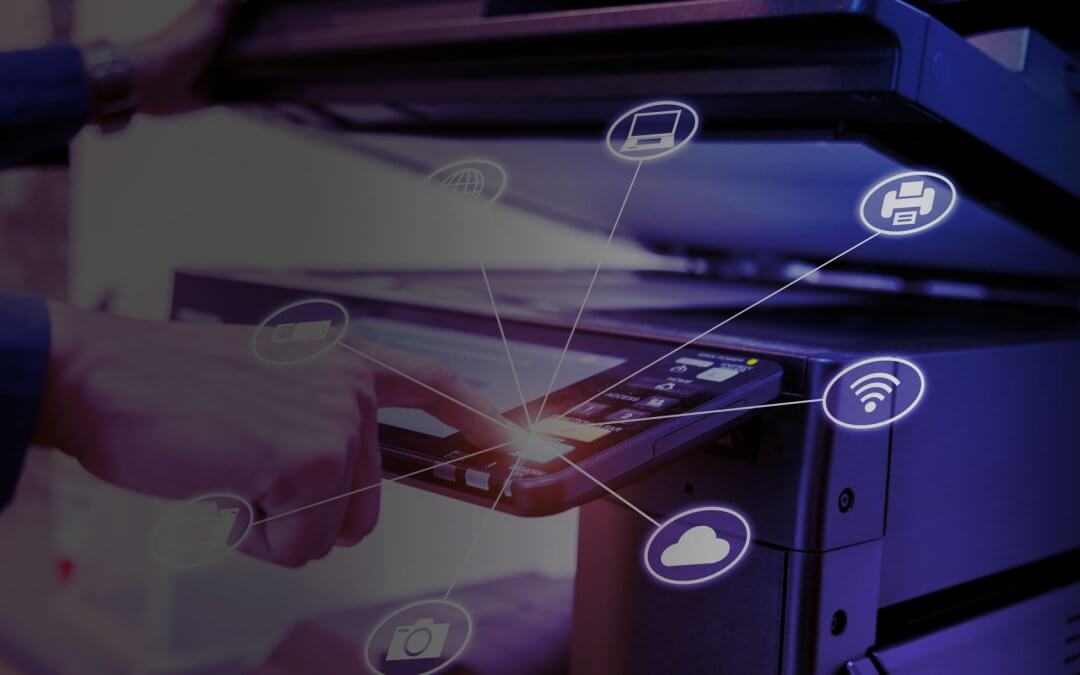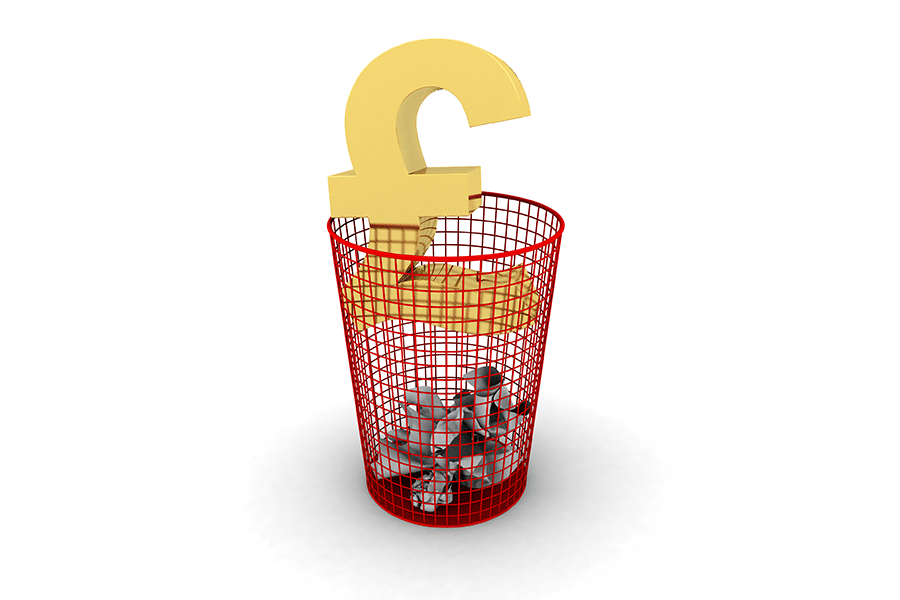We’ve all been told that a Managed Print Service/Solution can save your business up to 30%, 40%, 50% and more off its print costs and with most businesses spending between 5-11% of their annual turnover on printing, it’s all very tempting but, perhaps, when you are bombarded by calls and emails from companies trying to offer their version of a “MPS” (Managed Printing Service) it can be confusing and sometimes seem almost too good to be true.
Like most industries, the print industry, enjoys using buzzwords/terminology when describing their services/products. However Managed Print Service providers seem to do this more than most, this could be because the industry struggles to define what it means by a “Printing Solution”. After 20 years in the industry I am going to offer a definition of these sometimes-confusing terms…
If you don’t have the time to read this blog but have questions around implementing a managed print service or even if you want to chat about your current solution, then please get in-touch by filling out the contact form below or call me on 0121 8031613 and I’d be delighted to offer you the benefit of my experience.
Managed Print Services / Solution
An “MPS” (Managed Print Service / Solution) in its most basic form should cover all aspects of printing with the result of saving money, time and also an increase in staff productivity. This should be done by performing an analysis of every single print device (this can be booked in very quickly/easily and quite often can be performed remotely especially if all devices are on your network). Once you’ve chosen your provider then the software used to review your print devices (printers, photocopiers, wide-format printers) is then left on your server offering more visibility and therefore control of printing, this can result in printing less or changing the way that users print i.e. reducing excessive colour printing and copying (which as a rule of thumb, costs around 10 times the amount of a mono print), automatic duplex printing which, we all know about but often don’t use, reduces paper usage!
A Managed Print Service must include the management of an organisations entire print fleet such as printers, scanners, copiers (photocopiers) and multifunctional devices as well as, if relevant, document management systems and workflow solutions to ensure the entire print environment is running as efficiently as possible, therefore reducing the amount of unnecessary investment.
How does a Managed Print Service Reduce Costs?
Well it’s quite simple really, a Managed Print Service reduces expenditure by actively and regularly reviewing print volumes, types of print being produced with a target to achieve the following –
Print less
- The amount of chargeable prints reduces
- Reduce the amount of paper used
Procure less
- Balanced deployment (making sure the right amount of correctly spec’d devices in the right areas) means less investment in hardware i.e. desktop printers, photocopiers and multifunctional devices.
- No need to purchase consumables separately from different suppliers as these are included in your “cost per copy” (CPC), “cost per print” (CPP) or cost per click (CPC again).
Improved efficiency
- Less bottlenecks, one single invoice from one supplier therefore saving employees time.
- Saving energy costs by reducing the number of devices required to achieve the companies goals.
So who’s responsible?
This is the company that you have appointed to supply your print devices and they will also be responsible for servicing them unless you have chosen two suppliers. It is a combined responsibility for meter readings and replenishing consumables, this is where communication and an agreed plan is key to a successful managed print service, for all parties. There are a multitude of manufacturers that can be managed and choosing the right one isn’t as complicated as it may first seem.
Implementing a Managed Print Service (MPS)?
1. Analyse current print environment
This takes into consideration all aspects of print, including scanning, printing, copying, faxing, user requirements and needs. It will include an overview of your print volumes for each device, this can be done onsite manually or more efficiently it can be achieved remotely. This process shows what’s being printed on each device and the TCO (Total Cost of Ownership). This helps you understand what each device, user and department is printing, which gives you a view as to whether you have unnecessary or overworked devices and will help achieve a balanced deployment.
2. Do I have to get rid of desktop printers?
With ever improving technology, this doesn’t necessarily mean you have to remove desktop devices as they can offer significant benefits especially when managed i.e. low purchase price, fixed cost per print, accessibility to users that may not be able to access a larger more efficient device. They also offer a certain amount of privacy i.e. HR Manager, Director etc. that needs to print very sensitive information but in low volumes.
3. Balanced deployment
This is a very straightforward process of ensuring the correctly spec’d devices are in the right area depending on the volume and requirement, whether it’s a large floor standing A3 colour device, an A4 desktop mono MFD (multifunctional device) to service a smaller workgroup or individual with varying requirements or as previously mentioned a new desktop networked managed printer!
4. Automated supply delivery
Through a Managed Print Program, the software used to monitor print volumes/usage also automates toner ordering and alerts your supplier to issues, normally before users are aware something is required. This means there is less pressure on staff members to manage toner stock and printer performance. MPS providers as standard should constantly monitor all your devices even devices not supplied by them to ensure you have the right print solution. By providing this industry standard service it severely reduces down-time.
5. More manageable costs
An MPS (Managed Print Service) solution enables you to consolidate your costs and suppliers, giving you a more predictable and accurate monthly spend. By choosing the right contract with a reliable provider you will have a steady flow of consumables, regular preventative maintenance and zero unmanageable and unexpected maintenance / consumable costs.
6. Remote users, remote printing, cloud print and follow me print
With the current situation effecting all businesses, pressure can be lifted by not just allowing users to remote work with efficient Managed IT Solutions but also by giving staff the ability to print/copy/scan from home with a plethora of small desktop business multifunctional devices that can still form part of your managed print service even on a temporary basis (speak to your supplier today).
Remote/Cloud is another great way that remote workers can still produce the paperwork required to do their job and with standard print security measures (private/hold print) this means the information is not just left lying around.
Print security and efficiency should be a big consideration point when reviewing a managed print supplier. Follow me print in its simplest form is a fantastic way to manage, secure and control printing and again is perfect for those remote workers (from local to international employees) where a home device isn’t suitable, but where they do visit site regularly as all print jobs are sent to a central (normally cloud based) print server and can be released by any device on the network by simply authenticating themselves (by username & password), swipe card or biometrics and choosing the job(s) that are required.
7. Basic ways to print less
Print setting default:
- Mono print default – typically 10 times less than a colour print.
- Double-sided printing saves a significant amount of paper cost.
Introduce policies that make employees think about what they are printing and what they are going to use it for.
——
Thank you for spending your time reading this Managed Print Blog, I do hope you feel it was worth the read! I have tried to cover the most common areas and sometime confusing areas of managed print. As I mentioned earlier if you still have questions or concerns over your current Managed Print Service Solution or implementing the right one then please feel free to get in touch by using the below contact form or calling me on 0121 8031613
Definitions:
Terms you will often hear when it comes to Managed Print Services (including ours) and what they mean/stand for. Also a few pointers for negotiating a better deal.
MPS – Managed Print Service/Supplier/Solution
CPP – Cost per page. CPC – Cost per copy/click
Lease – this may seem obvious and it is, however don’t be fooled in to thinking this is the only way to implement a managed print service as it has absolutely nothing to do with the servicing/management of your print devices!
Service – this generally related to the “cost per page” and what’s included i.e. toner, parts, labour etc. this, again, is not linked to the lease/rental of your hardware and is absolutely optional, but highly recommended!
Networked printer – this is a print device that is linked to your network or server via a network cable or with a wireless via your Wi-Fi.
MFD/MFP – Multifunctional Device/Printer/Product. Essentially a device that can perform more than one function i.e. print/copy/scan/fax. These devices are the most cost effective devices due to the amount of toner the cartridges hold, but they do cost more to purchase/rent.


